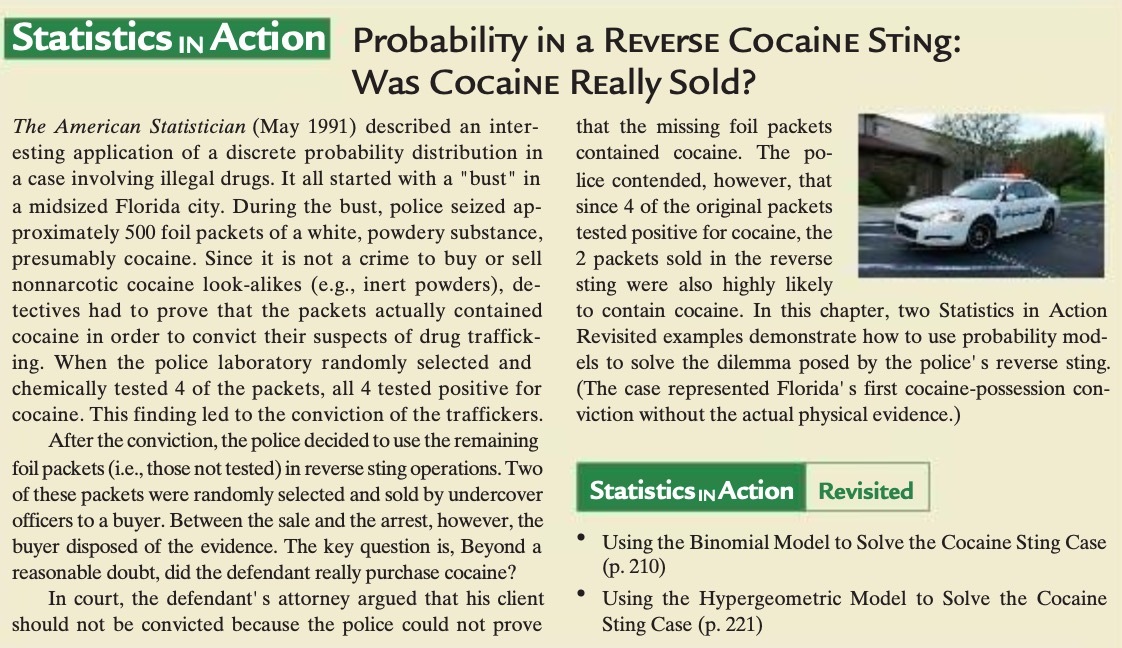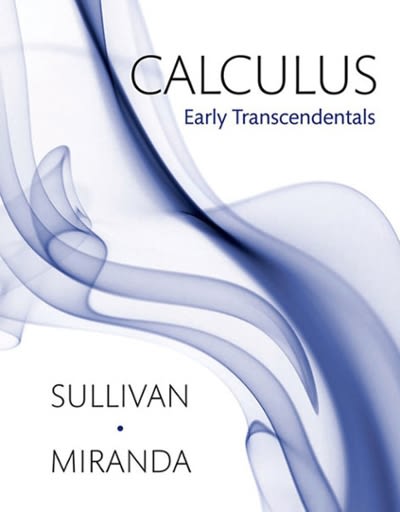Answered step by step
Verified Expert Solution
Question
1 Approved Answer
StatisticsiN Action ProbabiliTy iN a REVEI'SE CocaiNE STiNg: Was CocaiNE REally Sold? The American Statistician (May 1991) described an inter- esting application of a discrete

Step by Step Solution
There are 3 Steps involved in it
Step: 1

Get Instant Access to Expert-Tailored Solutions
See step-by-step solutions with expert insights and AI powered tools for academic success
Step: 2

Step: 3

Ace Your Homework with AI
Get the answers you need in no time with our AI-driven, step-by-step assistance
Get Started


